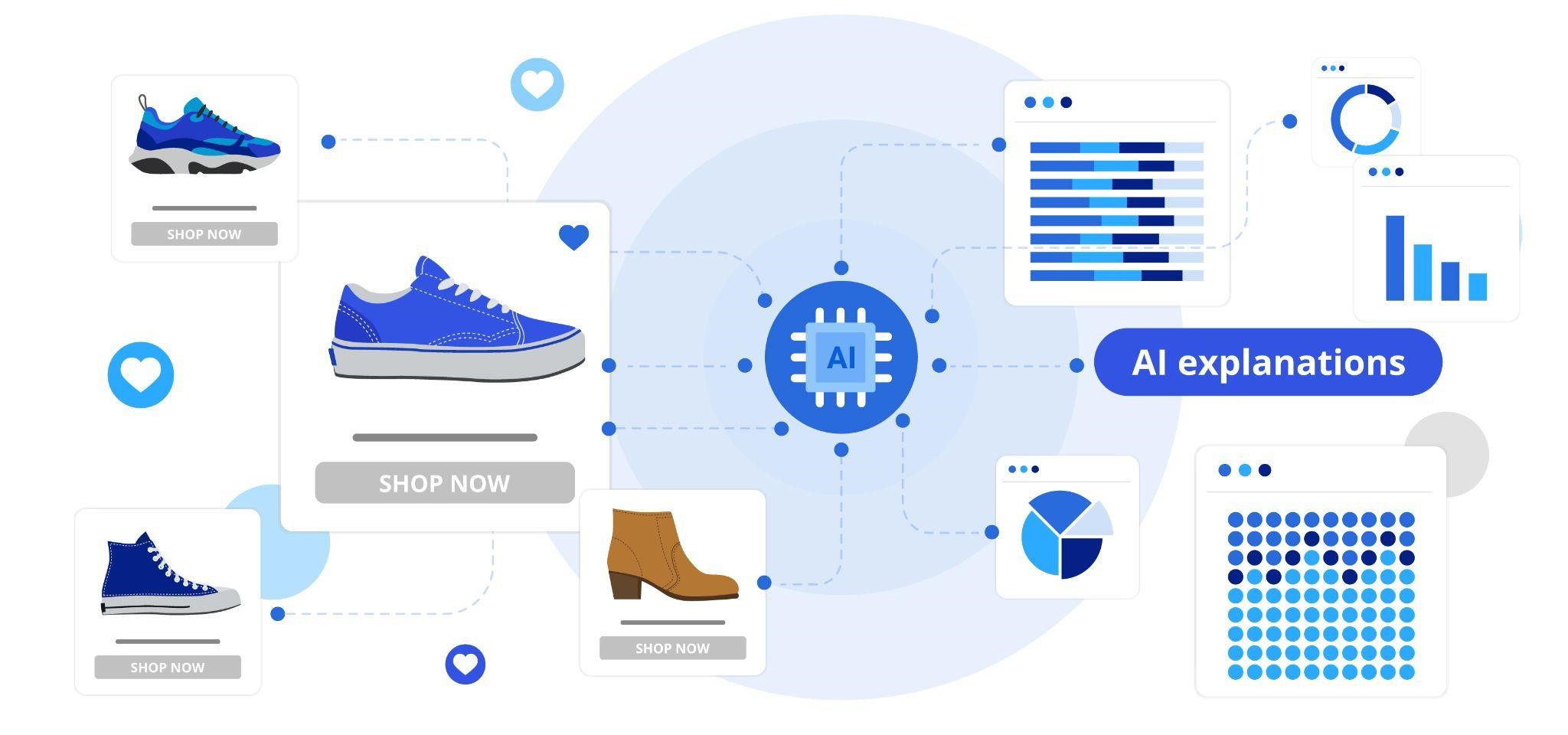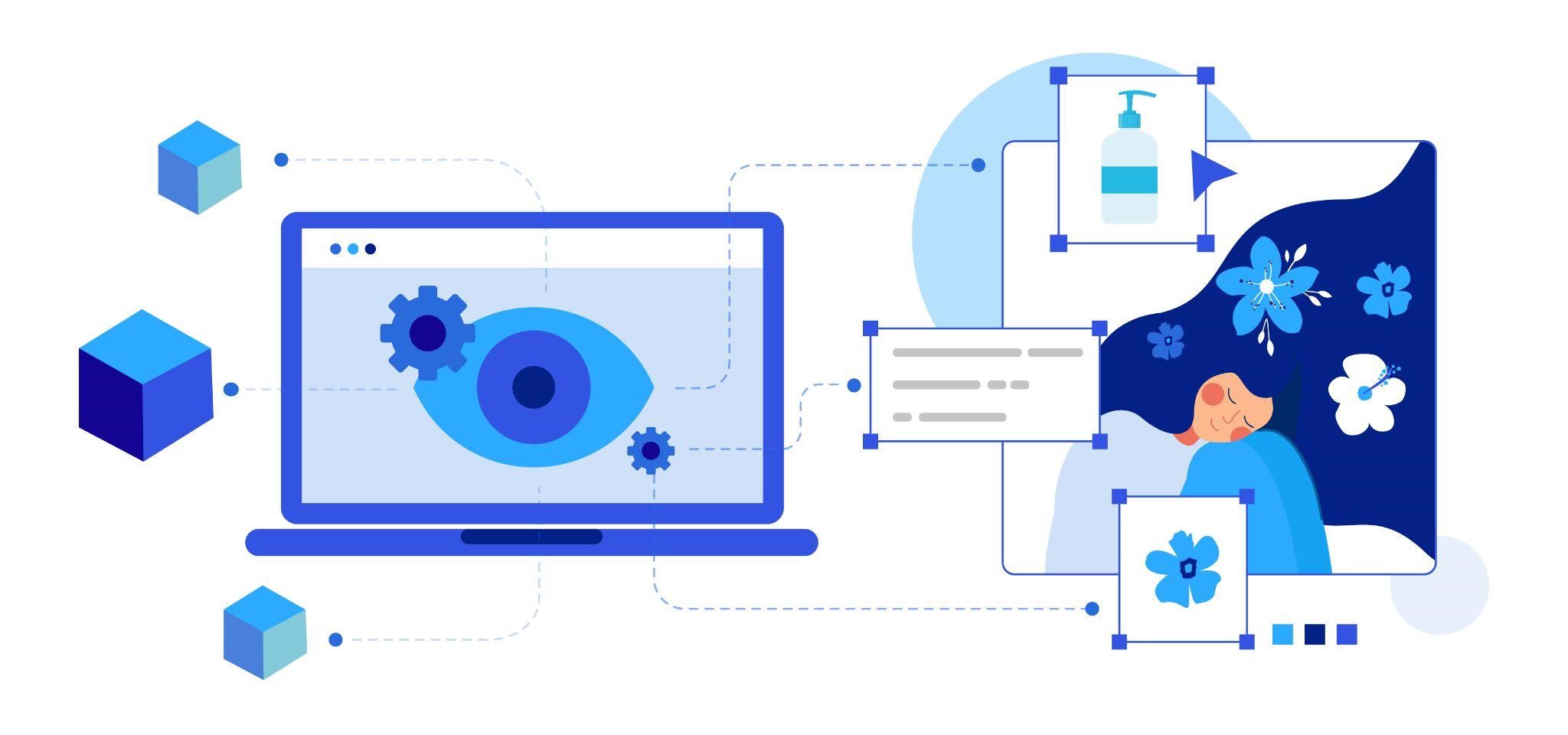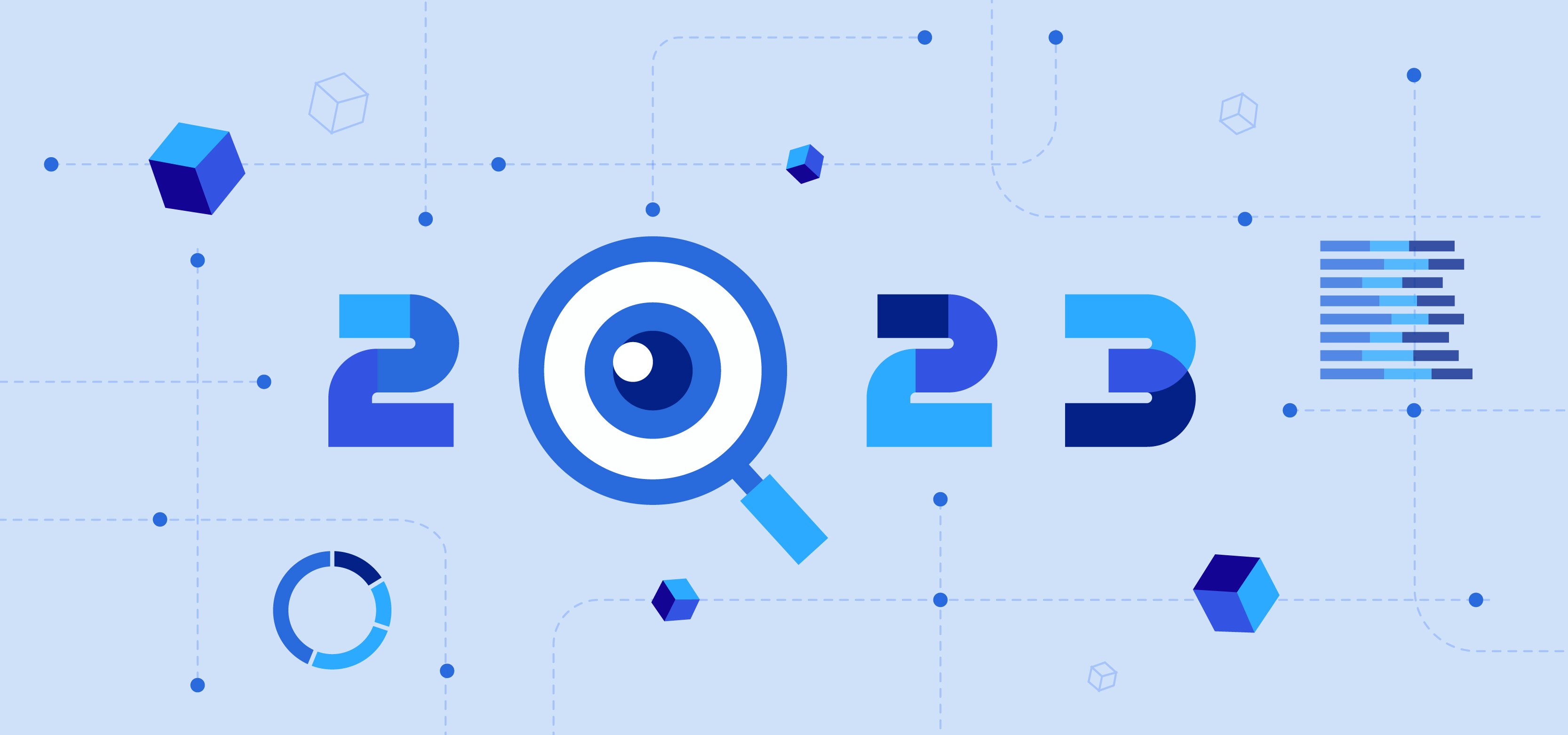Why businesses are turning to AI as we head into 2023
By Drs. Robert Chen, Shou-De Lin & Min Sun, Appier
Rising inflation, economic uncertainties and mass layoffs have rocked the world in the second half of 2022. As we look towards 2023, experts are predicting that businesses in all industries will face a number of challenges including supply chain issues and intensified competition for talent.
The outlook for 2023 may look grim, but where there is a challenge, there is opportunity. The Covid-19 pandemic, for instance, accelerated businesses' digital transformation and transformed how they operate. At Appier, we saw how the pandemic made companies more open to adopting artificial intelligence (AI) solutions, and we expect more to turn to AI in these uncertain times.
When macroeconomic and other external conditions are challenging, businesses need to rely on their internal resources to get by. AI is fast becoming an integral part of these internal resources as AI solutions prove themselves to yield high, measurable returns on investment while cutting down on operational costs. These two key benefits of AI will be its selling point in both the short and long term as businesses are increasingly cautious about spending.
As we look to 2023, we expect more companies to leverage AI solutions in the following three areas of business.
Productivity: Do more with less
At a time when businesses are cutting back on spending and implementing hiring freezes, AI is emerging as the logical solution to do more with less. When it comes to productivity, automation can easily reduce the time spent on a lot of daily business processes and operations. What sets AI-powered automation apart, however, is the ability to scale and adjust according to real-time changes.
The learning that AI systems can do affords companies with a level of flexibility that traditional automation cannot. Imagine, for instance, that you run an e-commerce business and are attempting to automate shipping. You can do this with or without AI. The benefit of doing it with AI is that the machine learning models take into account various variables that can impact shipping, such as supply, weather, and traffic, to make the best and most cost-effective decision for both you and your customers.
With AI, automation becomes goal-oriented, and it will make adjustments accordingly to help you get to the goal as swiftly and smoothly as possible.
Analysis & Prediction: Rely on a more transparent AI

Using AI for data analysis is nothing new. However, AI and how it generates its insights and predictions remain somewhat of a mystery. While company executives have become more open to implementing AI solutions, a lingering question is how and why AI models arrive at the conclusions, suggestions and recommendations they do.
In an effort to turn the AI blackbox into a glassbox, AI companies have developed explainable AI systems and solutions. As its name suggests, explainable AI aims to provide the reasoning behind how AI reached a decision, recommendation or prediction. This information helps humans better understand AI and its “thought process,” making it easier to convince relevant stakeholders of the validity of these choices.
These are questions that more and more users of AI solutions want answers to — and for good reason. If companies are looking to save costs and are only considering solutions that can guarantee results, explainable AI can provide the evidence that decision makers need to assess the usefulness of AI solutions.
Recommendations & Creatives: More appealing with computer vision

One field of AI that has gained a lot of traction in recent years is computer vision, which enables computers to process, analyze and make meaningful interpretations of digital images, videos and other visual inputs. There are two main aspects of computer vision that we see businesses benefiting greatly from: understanding visual input and generating visual output.
Advancements in computer vision models have made image recognition more accurate and powerful with limited data input. Previously, the industry used convolutional neural networks, which allowed computers to process data the way a human brain would, for image recognition. With the more cutting-edge transformer model, AI systems can attend to the important parts of a whole image more freely, identify the contents within each image or video, and generate insights accordingly.
A fitting application of image recognition is product recommendation, whereby the AI solution analyzes what each individual browser is looking at, the similarities and patterns in each of these images, and recommends items that can best capture what they are looking for.
Beyond recognition, computer vision can also generate visual outputs. In the last few years, a number of websites and apps have popped up that allow users to type in a few words or a line of text and generate an image automatically. These systems typically use the generative adversarial network, which requires a large amount of data to create visuals that are stable and good.
The more recent diffusion model, while different in its technology, can achieve the same goal of generative learning but with more diverse outputs. The model is becoming easier to control and requires less data to create a more diverse amount of outputs.
Regardless of the model used, generative AI allows companies to make creatives faster. More importantly, generative AI can take what a company’s social media followers want to see, based on the feedback they leave in the comment section, and process the ideas in the text to create a new image. It makes the creative process more democratic and can generate something truly unique.
With such unique and relevant creatives, businesses can improve their click-through rates and conversions. As the field of AI and AI applications has developed, we have implemented advanced models and algorithms to create cutting-edge AI recommendations and AI-generated creatives to outperform their manual, rule-based counterparts.
AI is the present and the future
The age of AI is now. AI technology and applications have gone from niche to mainstream, and many businesses would not be performing as well as they are today without them. Moving forward, AI’s role within any company will only become greater as more and more businesses undergo much-needed digital transformation.


![[이미지] 애피어, 넷마블 ‘뱀피르’ 런칭 캠페인에서 ROAS 목표 안정적 달성 지원](https://www.appier.com/hs-fs/hubfs/%5B%EC%9D%B4%EB%AF%B8%EC%A7%80%5D%20%EC%95%A0%ED%94%BC%EC%96%B4%2c%20%EB%84%B7%EB%A7%88%EB%B8%94%20%E2%80%98%EB%B1%80%ED%94%BC%EB%A5%B4%E2%80%99%20%EB%9F%B0%EC%B9%AD%20%EC%BA%A0%ED%8E%98%EC%9D%B8%EC%97%90%EC%84%9C%20ROAS%20%EB%AA%A9%ED%91%9C%20%EC%95%88%EC%A0%95%EC%A0%81%20%EB%8B%AC%EC%84%B1%20%EC%A7%80%EC%9B%90.jpg?width=1500&height=844&name=%5B%EC%9D%B4%EB%AF%B8%EC%A7%80%5D%20%EC%95%A0%ED%94%BC%EC%96%B4%2c%20%EB%84%B7%EB%A7%88%EB%B8%94%20%E2%80%98%EB%B1%80%ED%94%BC%EB%A5%B4%E2%80%99%20%EB%9F%B0%EC%B9%AD%20%EC%BA%A0%ED%8E%98%EC%9D%B8%EC%97%90%EC%84%9C%20ROAS%20%EB%AA%A9%ED%91%9C%20%EC%95%88%EC%A0%95%EC%A0%81%20%EB%8B%AC%EC%84%B1%20%EC%A7%80%EC%9B%90.jpg)
